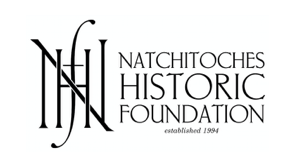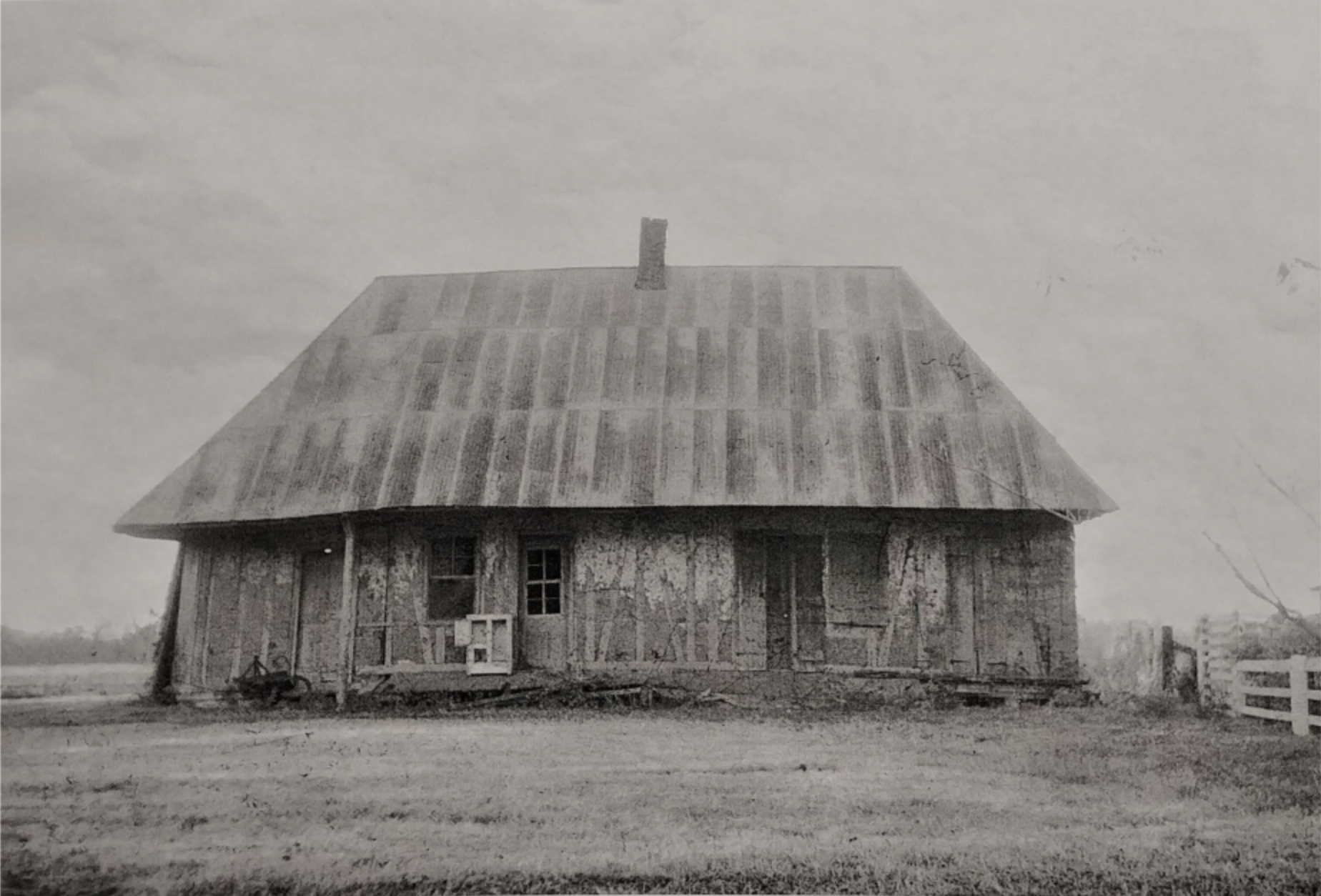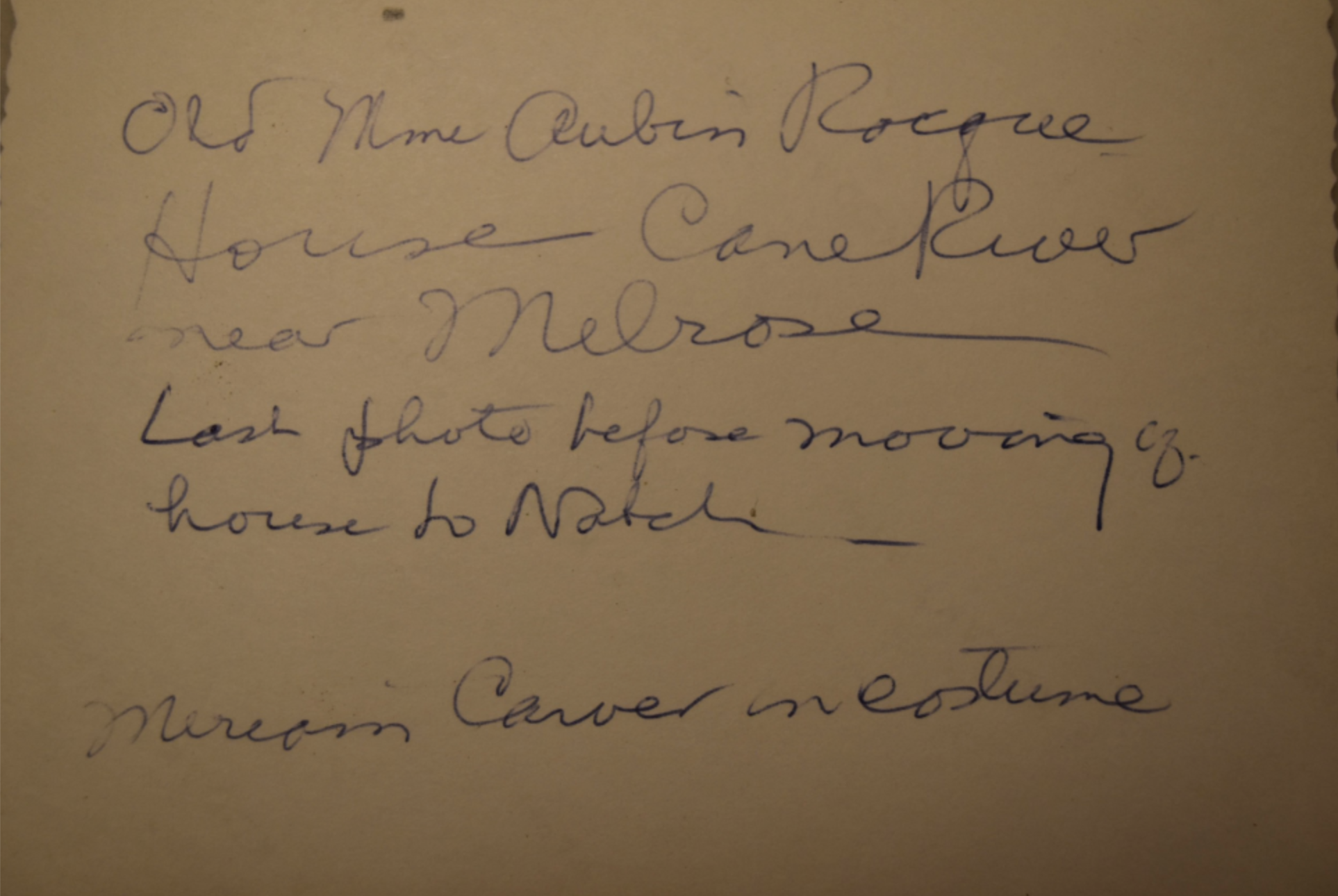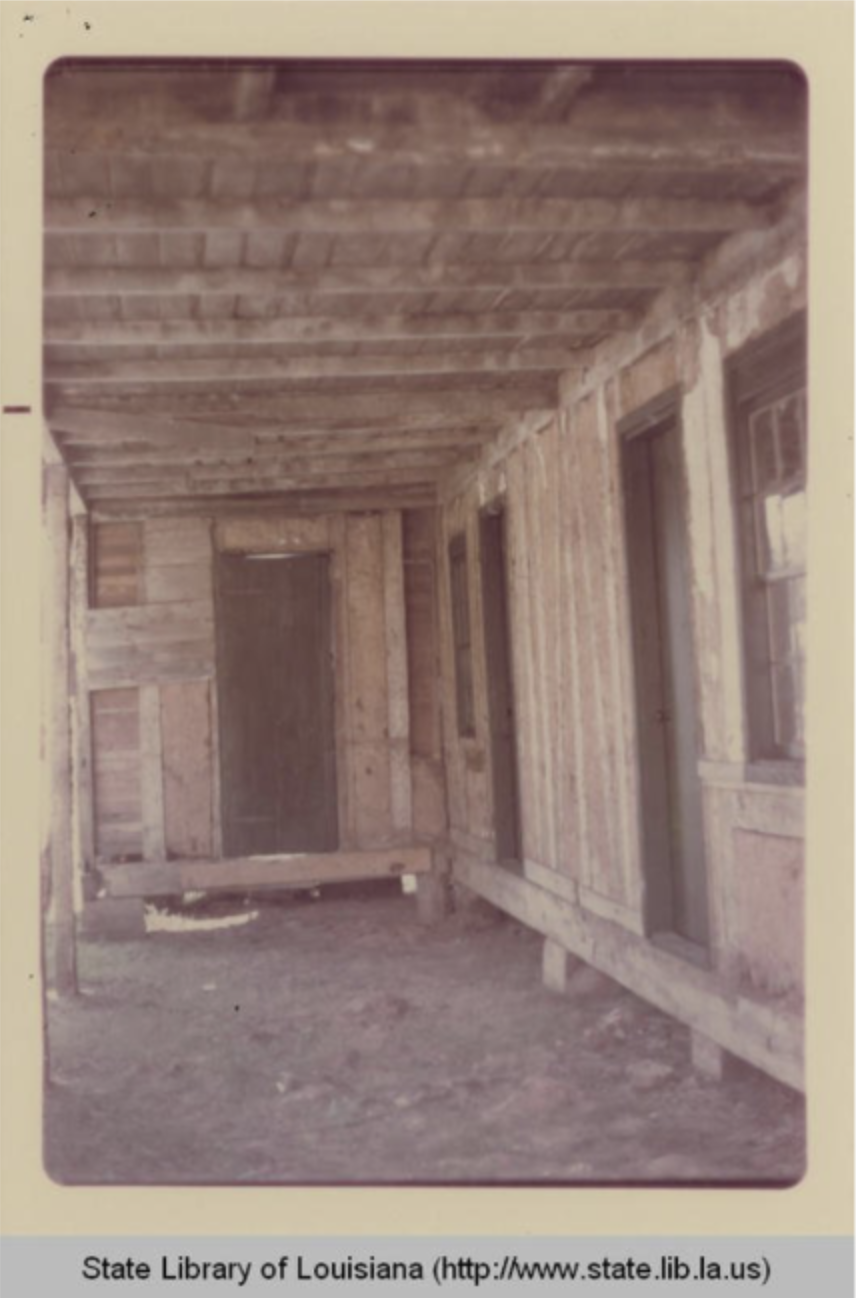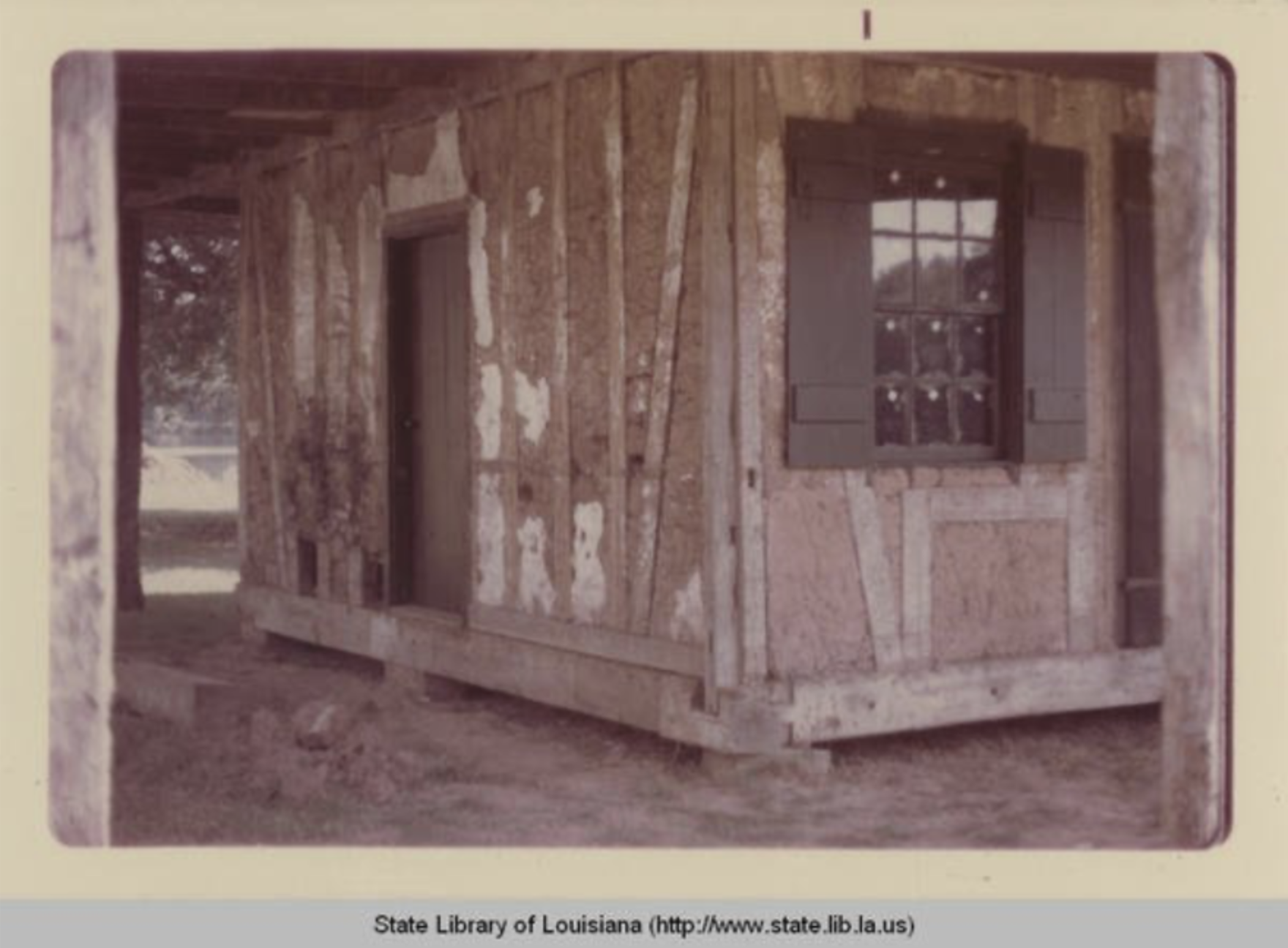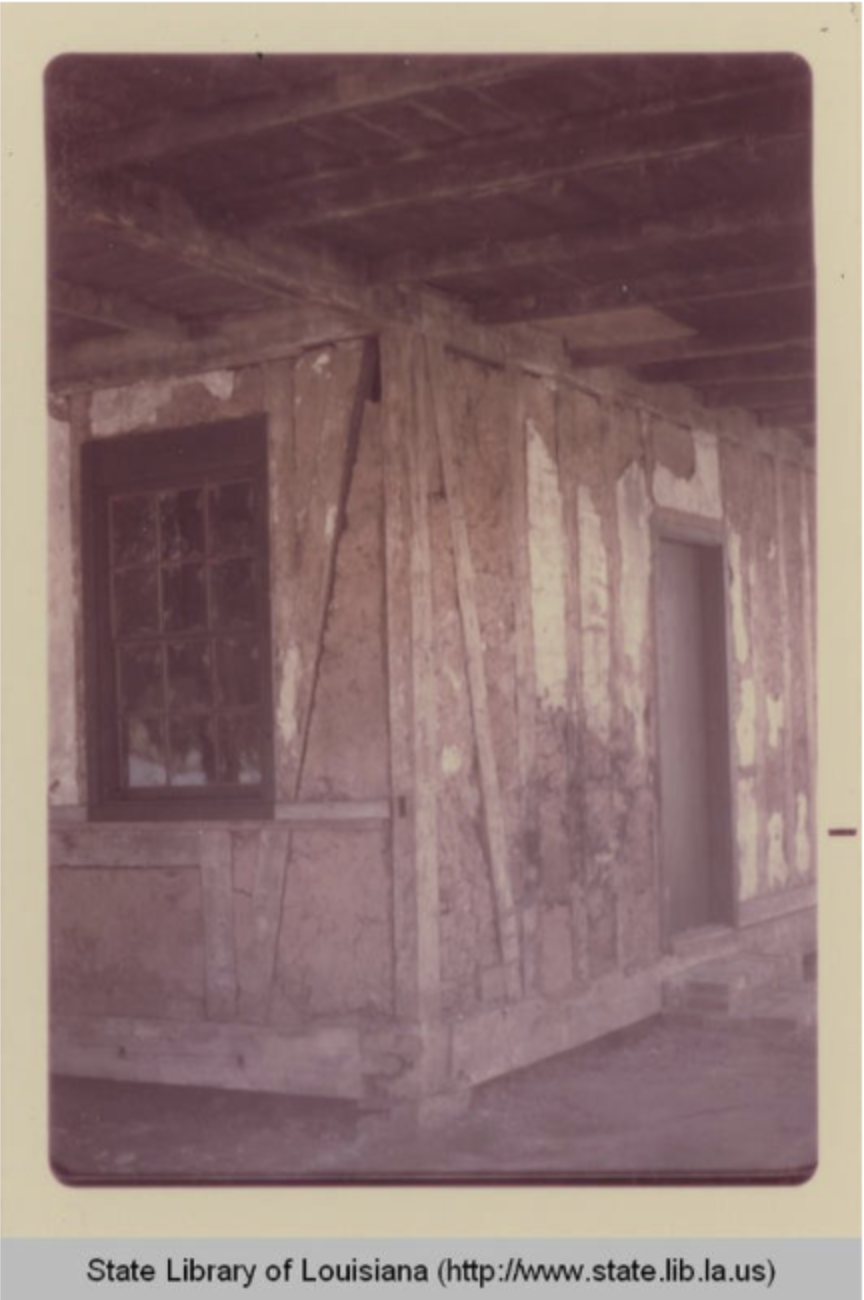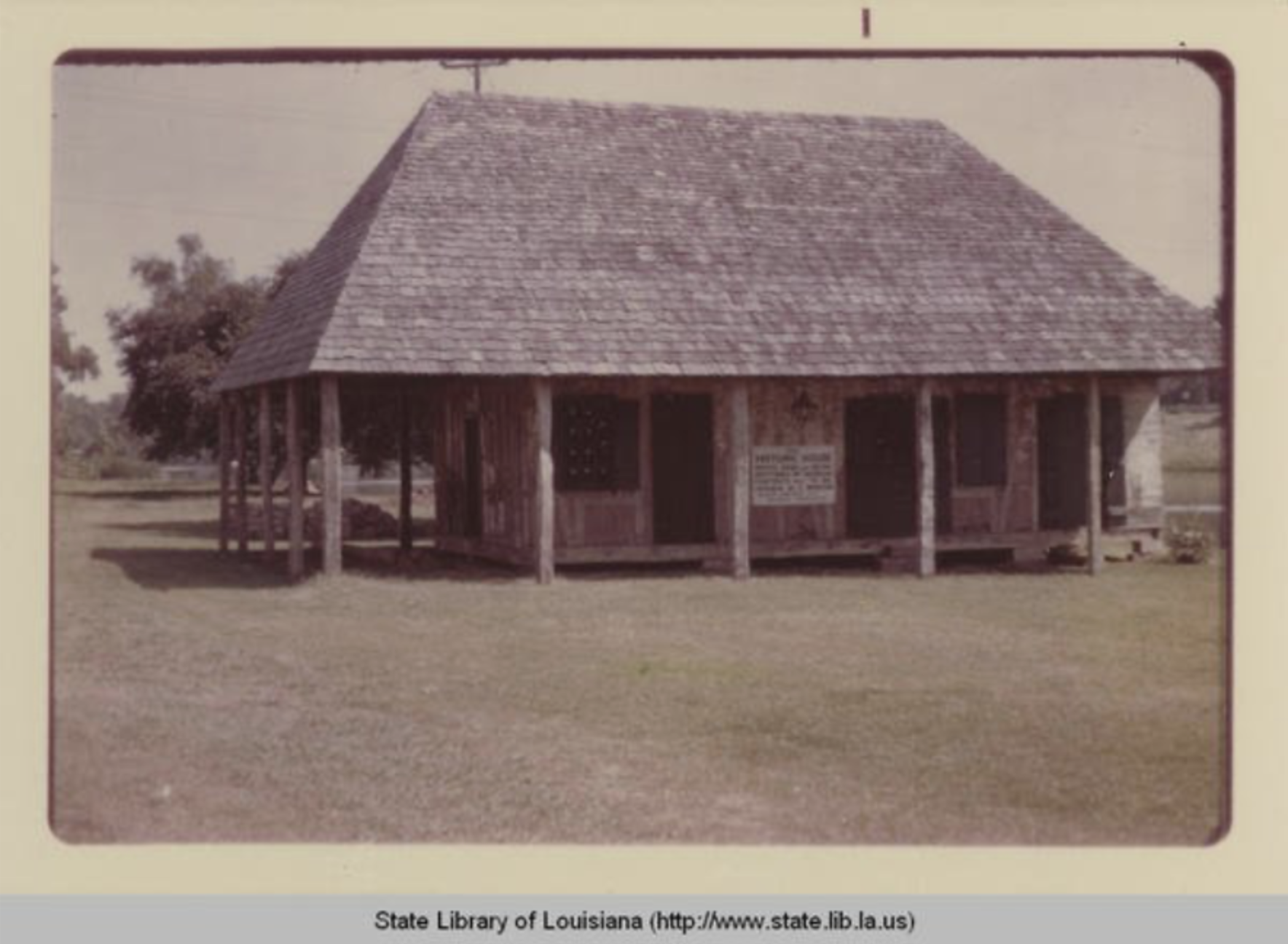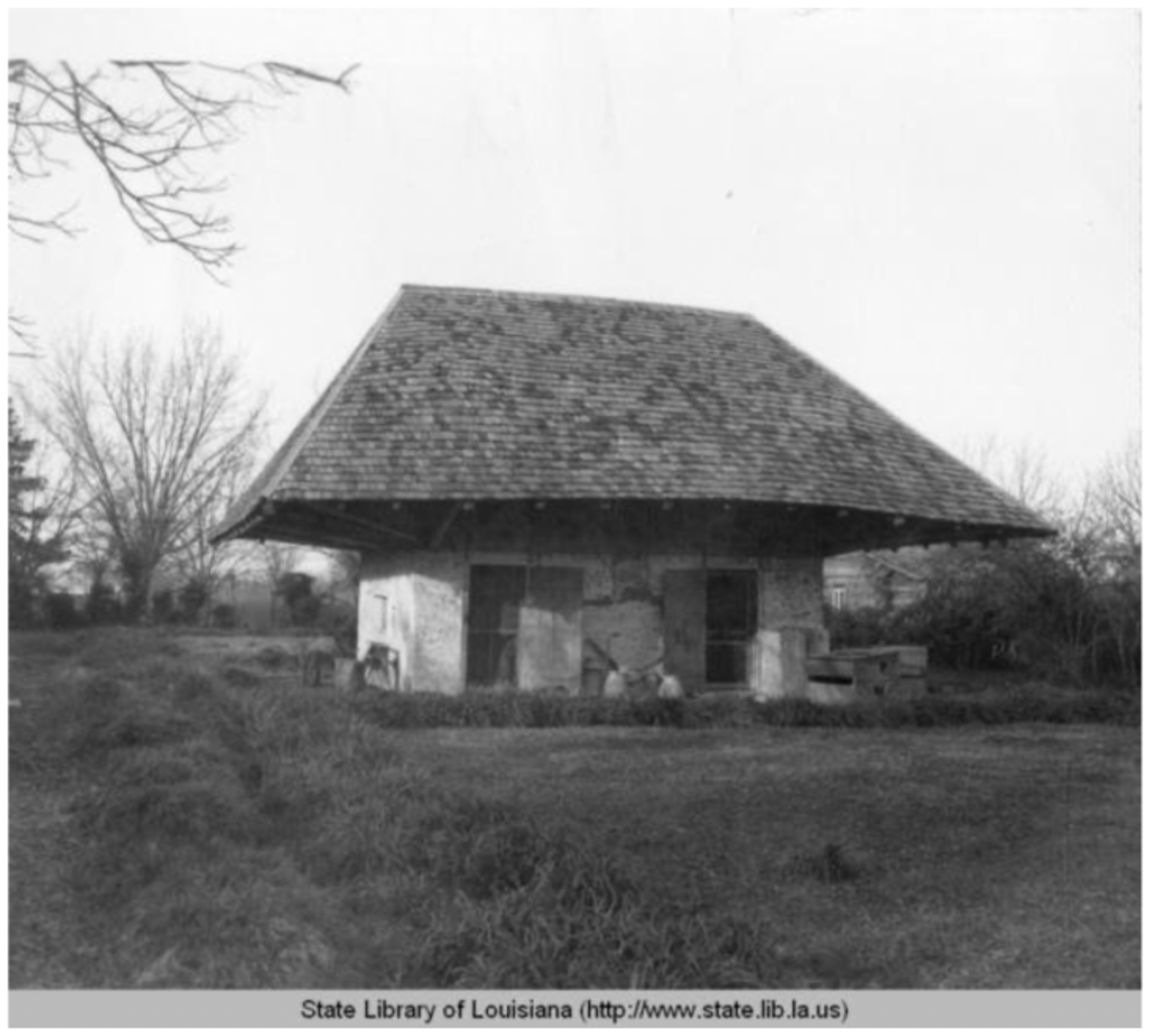
HISTORY
The Roque House, relocated in 1967 to downtown Natchitoches from its original location in the Isle Brevelle community down Cane River Lake, was built in 1803 by Yves Pacale, a freed man of color.
Pacale was one of the earliest persons of African decent in the region. He was baptized Jan. 2, 1736. His carpenter skills allowed him to earn enough money to eventually buy his freedom. He purchased 91 acres of land where he made his home. The house is a remarkable example of the creole style of French architecture along Cane River. Constructed in typical French colonial fashion with hand-hewn cypress and a bousillage fill (a mixture of mud, Spanish moss and animal hair), the structure was topped with an oversize roof of durable shingles.
A close inspection of the house reveals the craftsmanship of Pacale in the jointing. It contained no nails. The Roque House is among the oldest surviving examples of Creole architecture in Natchitoches Parish, home of the oldest permanent settlement in the Louisiana Purchase. Natchitoches was founded in 1714. The structure may be the only remaining circa 1790s French Creole post on sill house built by a freed man of color.
“Procuring one’s freedom and the freedom of other family members was no small accomplishment for a man who had spent most of his life as a slave. Already aged (65), Yves Pacale managed to buy land, his mother, wife and daughter’s freedom, and establish a close relationship with a freed man of color, Augustine Metoyer,” said the NHF proposal. “It may be a string of coincidences. However, Pacale’s ambition as a slave and fortitude as a freed man suggests he provided a home for himself and his family, and that home was the Roque House.”
